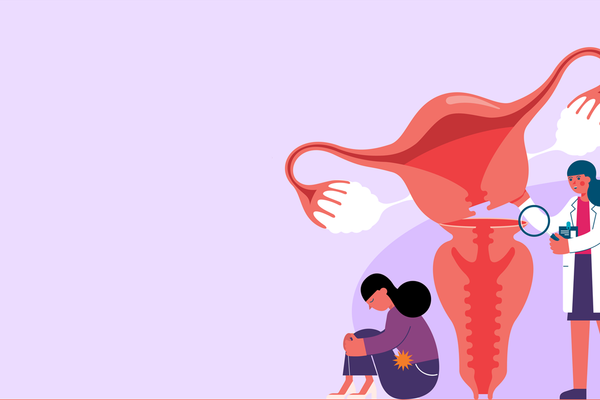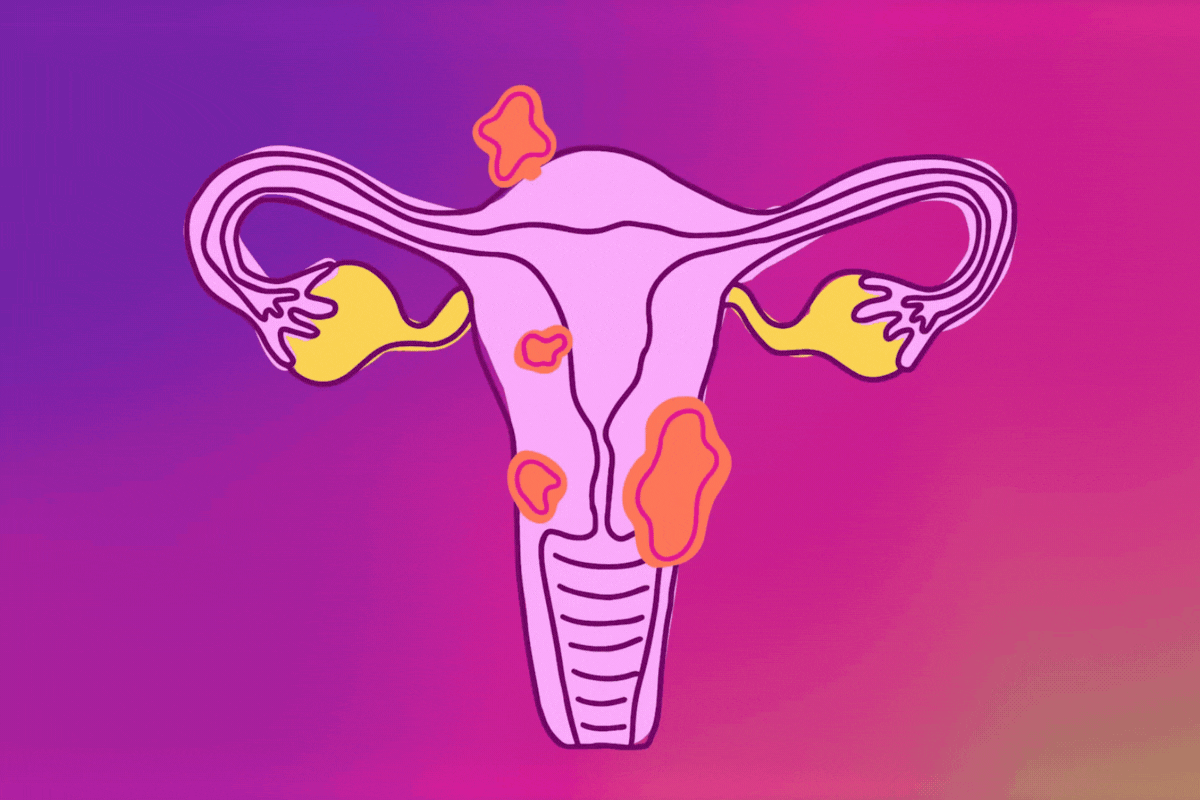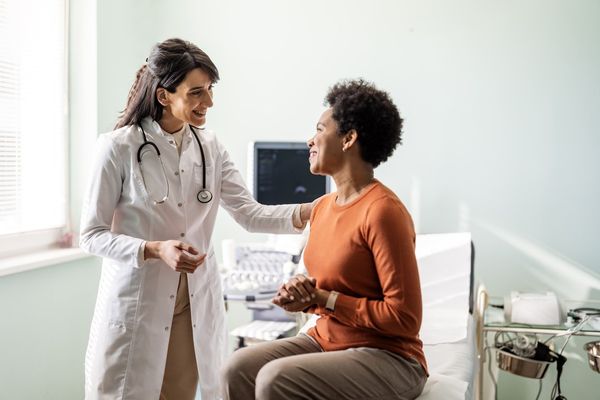Fibroids are noncancerous uterine tumors that occur in most women by the time they reach menopause. Fibroids don't always cause symptoms; however, an estimated 20 to 25 percent of women with fibroids will experience symptoms.
Symptoms
- Heavy menstrual bleeding (so heavy, it may lead to anemia). This is the most common symptom.
- A mass in the pelvis that may make you appear pregnant
- Pressure in the pelvic area caused by the enlarged uterus
- Frequent urination
- Urinary incontinence
- Difficulty emptying bladder
- Constipation
- Rectal pressure
- Pelvic pain
- Infertility (with fibroids that bulge into the uterine cavity)
Treatment Considerations
Treating fibroids is optional. In almost all cases, fibroids only need to be treated if they cause symptoms that are so bothersome that they interfere with your quality of life. Treatments include:
Medical Options:
GnRH medications. GnRH antagonists like leuprolide (Lupron) work by preventing estrogen from affecting cells. Studies find these drugs can reduce heavy bleeding associated with fibroids and shrink fibroids as much as 50 percent. However, because these drugs block the effects of estrogen on all cells, they can only be used for a short time, typically in women already close to menopause. Once you stop using them, the fibroids grow again. These drugs are most often used to shrink fibroids before a surgical treatment, not to treat the fibroid itself.
Surgical Options:
In addition to hysterectomy, the most commonly performed surgical procedure for fibroids, other options include:
- Uterine artery embolization (UAE), also called uterine fibroid embolization (UFE). This procedure blocks the blood supply to the arteries that feed the fibroids. Without an adequate blood supply, the fibroids shrink. Studies find that UAE shrinks fibroids about 40 percent and improves troublesome symptoms like heavy bleeding and pelvic pressure in 90 percent of women undergoing the procedure. While more research is necessary, women who get pregnant after UAE tend to do well and deliver healthy babies, but they may have an increased risk of uterine rupture and often elect to have cesarean sections.
- Myolysis. In this procedure, the tumor is destroyed using laser, radiofrequency energy or freezing. It is usually performed using a laparoscope through a small incision in your abdomen, although sometimes via a hysteroscopy (through the vagina). Myolysis usually can't be performed on a woman who has a very large uterus, and you shouldn't try to get pregnant after the procedure because the uterus could rupture.
- Magnetic resonance imaging-guided focused ultrasound (MRgFUS). A noninvasive method uses an MRI to precisely target ultrasound energy, which is sent through the abdomen and focused on the fibroid. The sound waves increase the temperature of the fibroid tissue to destroy the tissue and shrink the fibroid. This procedure is not an option if you plan to get pregnant in the future.
- Endometrial ablation. This minimally invasive treatment is performed on an outpatient basis or in a doctor's office with local anesthetic. Although not indicated for the treatment of fibroids, it uses electrical energy, radiofrequency, microwaves, hot water or cold to destroy the lining of the uterus. However, studies find about 20 percent of women choose to have a hysterectomy within five years of an ablation, more as time goes on, because the fibroids and symptoms return. An endometrial ablation procedure does not treat the fibroids but reduces or eliminates heavy periods by destroying the endometrial lining. This procedure is not indicated for women who suffer from "bulk" symptoms, such as urinary frequency, constipation or pelvic pain.
- Myomectomy. This procedure surgically removes just the fibroids, leaving the uterus, and is the second most common treatment for fibroids after hysterectomy. It's a good option for women who still want to be able to have children, although studies find about 27 percent of fibroids recur by 10 years after treatment. Complications include infection, blood loss requiring a transfusion and postoperative adhesions (which may require additional surgery). This procedure can be performed with general anesthesia or a localized anesthesia and can take weeks for recovery. Although studies find that new fibroids may appear within five years, few women require additional surgery.
Questions to Ask Your Health Care Provider
- Are fibroids causing my symptoms?
- Could another condition be causing these symptoms?
- How large are they?
- Are the fibroids pressing on or blocking any important organs, like the ureters or fallopian tubes?
- Is treatment necessary?
- What treatment option do you recommend?
- What about nonsurgical treatments?
- Will the symptoms I'm experiencing go away eventually or get worse?






